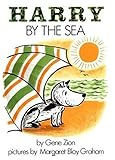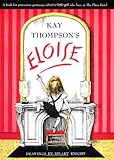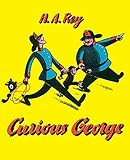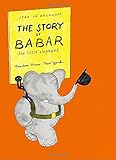
Character 1st Grade Unit
Lessons
Lesson 2 Feelings Identify and describe the feelings of a character based on the events in the story.
-
Use picture clues and the text to make a list of a character’s actions in additional books. As students become more proficient at this, they should rely less on the picture clues.
-
Compare the actions, feelings and appearance of David in multiple books of the series (e.g. David Oops! or Oh, David!).
-
Students can create a “Character Feelings” poster in which they list four feelings that the character experiences in a read aloud book. They can then write a sentence and draw a picture showing the character experiencing the feeling. (See Additional Activity A Chart in Teacher and Student Materials below.)
-
After reading a story aloud, have students complete the “Character Map” Graphic Organizer. (See Additional Activity B Chart in Teacher and Student Materials below.)
-
Continue to use the text and picture clues to determine a character’s feelings. It will be important to point out how a character’s feelings affect a character’s actions (he was feeling sad so he wanted to sit by himself).
-
Have students create stories with clear characters (with actions, looks, and feelings). It may be helpful to have them illustrate their characters as well.
-
Have students compare one of their favorite character’s feelings, actions, and looks to themselves. Students can write sentences, create a chart, or use a Venn diagram to compare the character to them.
-
Students can write a letter to their character giving him/her advice about their actions or feelings. You may want to read aloud Arthur Writes a Letter by Marc Brown and have students write a letter to Arthur.
- Fountas and Pinnell
- J
- Lexile
- 500L
- Fountas and Pinnell
- M
- Lexile
- 600L
- Fountas and Pinnell
- K
- Lexile
- 540L
- Fountas and Pinnell
- L
- Lexile
- 310L















Great lesson!
Can`t wait to do it in class!!
Fantastic lesson! But I could use a shorter version.
Very interesting resources.